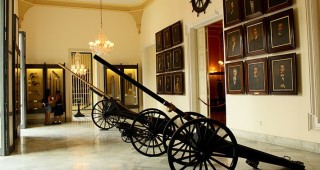Approximately 25 kilometers south of Havana is Parque Lenin, inaugurated on April 22, 1972 by Fidel Castro on the initiative of Celia Sánchez. The huge bust of Lenin, carved in 1982 by Soviet sculptor L E Kerbel, is a focal point. You’ll see why when the rugged beauty of the white marble piece captures your gaze.
Parque Lenin, where nature, culture and relaxation meet, is a great place to go for a picnic. Visiting it will take most of your day as you’ll enjoy the park’s many attractions, which include an amusement park with one of Cuba’s few roller coasters, horseback riding, steam train, zoo, aquarium, pools and various restaurants.
The Rodeo Nacional, an arena where some of Cuba’s best rodeos take place (the annual Cattlemen’s fair is also held here) is laso within the park’s grounds. Up the hill, there is a huge monument to Lenin (1984) by the Soviet sculptor L.E. Kerbel. At the entrance to the left, there is a small model airplane field that holds exhibitions every Sunday.
Bear in mind that it is somewhat run down; the train is not working; the aquarium has just a few fish and the amphitheatre’s seats are overgrown with grass and the stage is just a large piece of rusty iron. Las Ruinas is the only restaurant and it’s not what it used to be. The only thing that has been very recently refurbished (reopened in 2009) is the amusement park, which is worth the visit. The equestrian centre is still working but the horses belong to private individuals from around. There’s really no set price. You have to bargain with them.
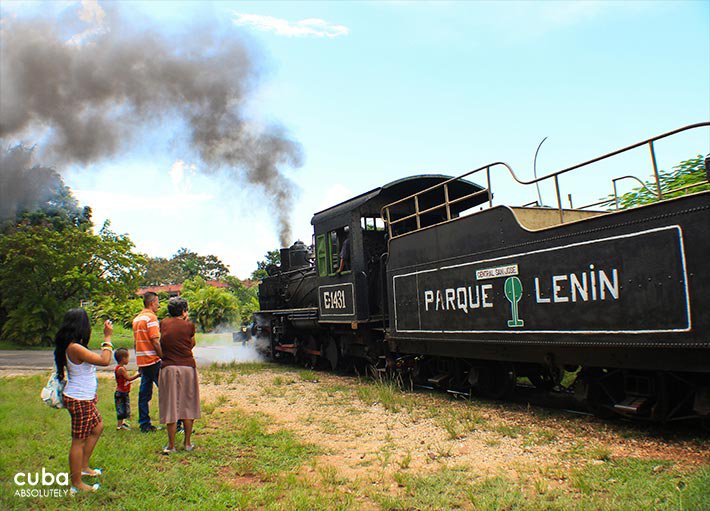
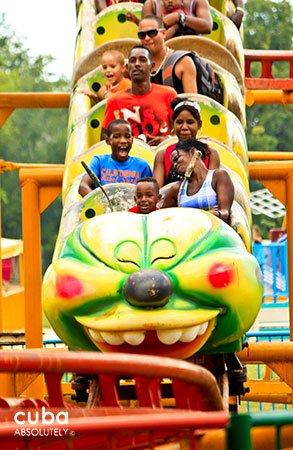
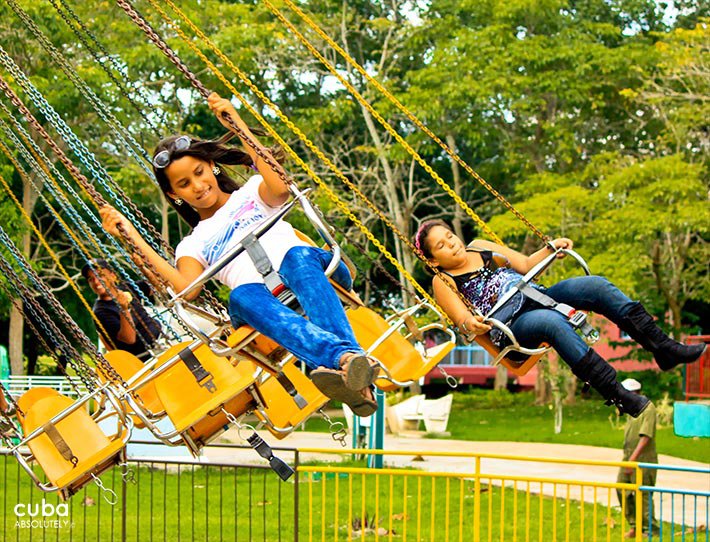
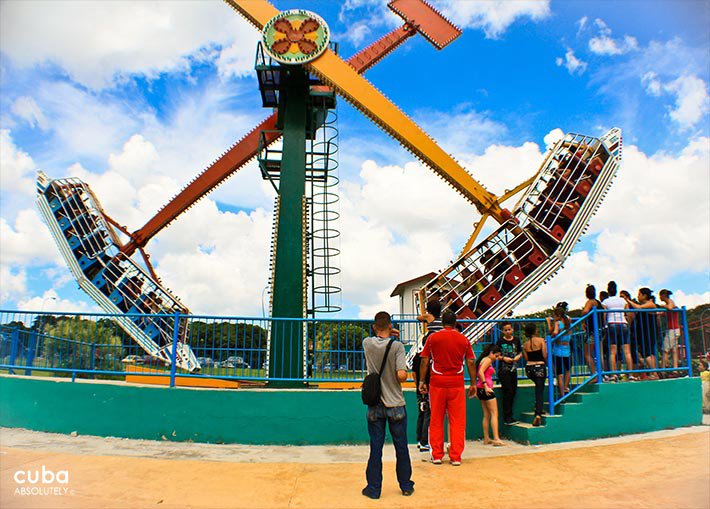

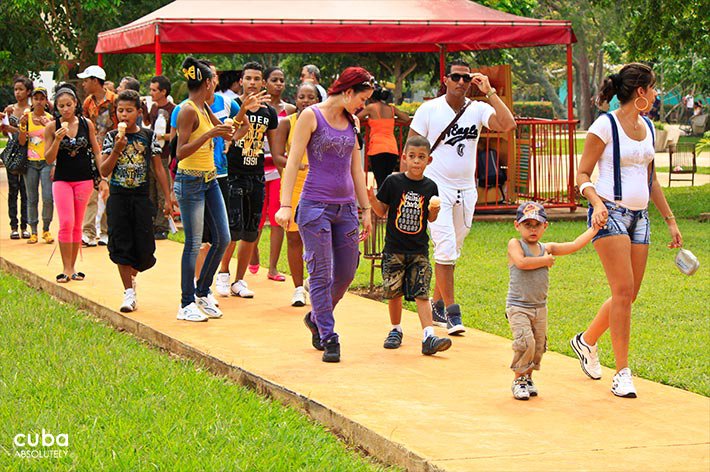
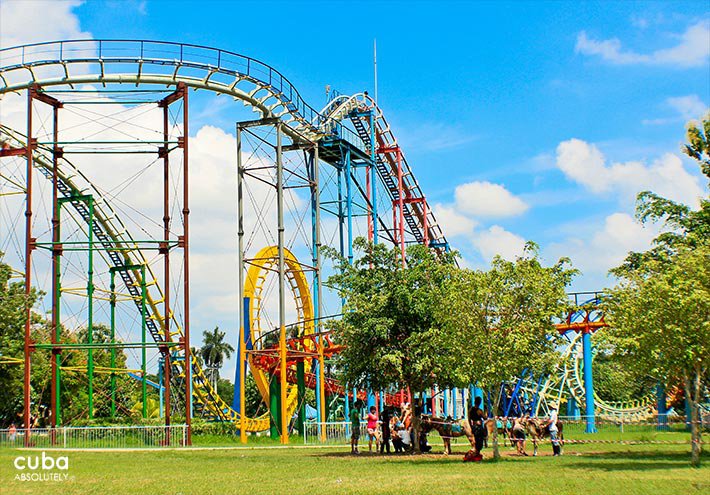
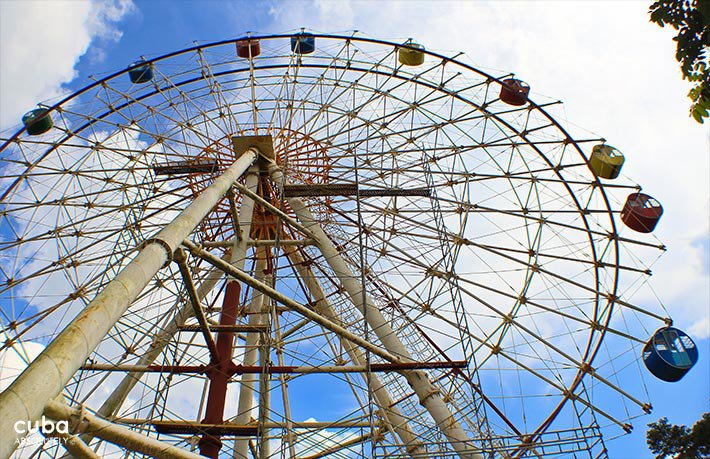
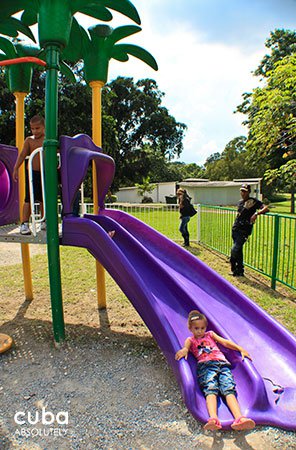
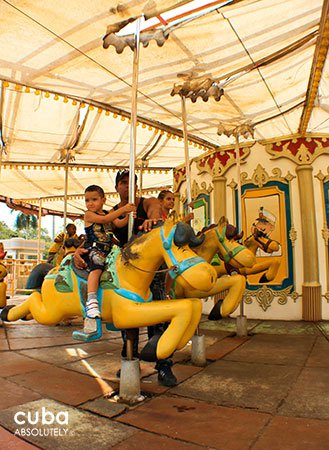
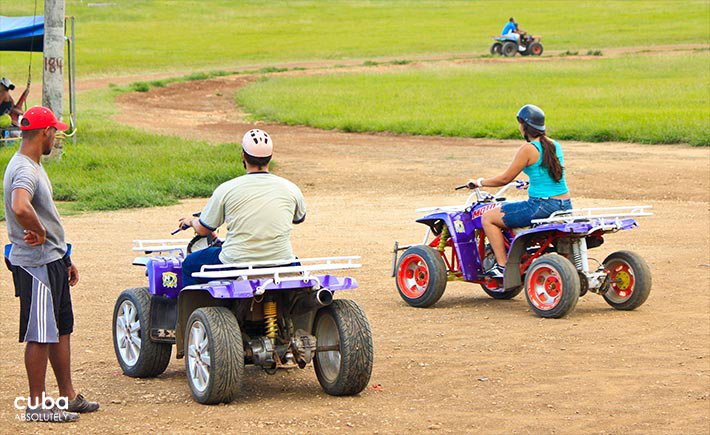
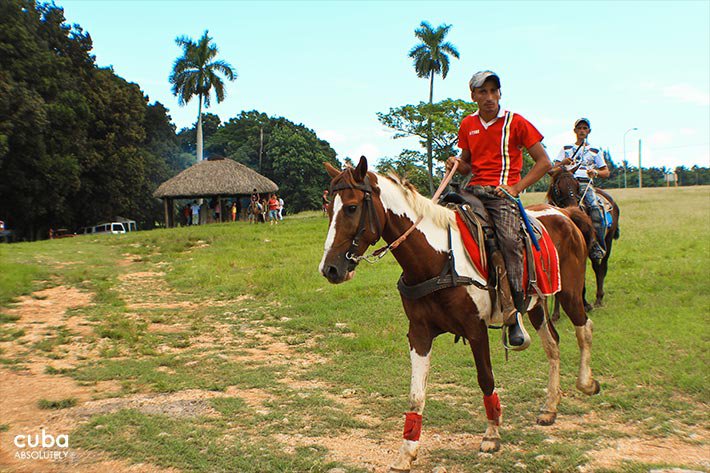


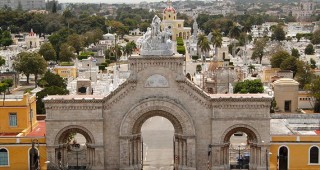
 Eclectic
Eclectic

